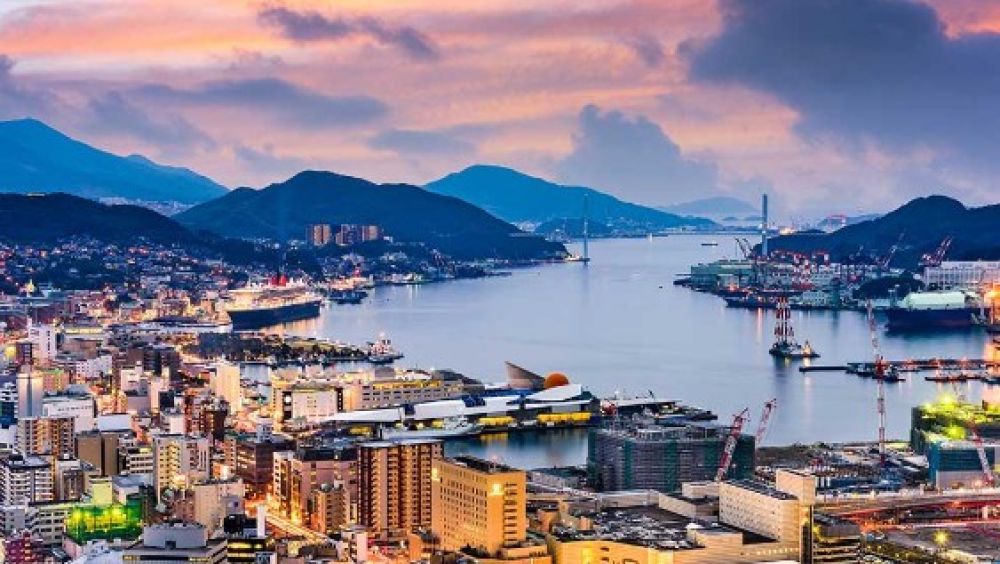

Nagasaki, a picturesque port city on the western coast of Kyushu, has a rich history that is uniquely reflected in its cuisine. Due to its longstanding role as a hub of international trade during Japan's period of national isolation (Sakoku), Nagasaki has been greatly influenced by foreign cultures, notably Chinese and European. The Chinese brought their flavors and cooking techniques, resulting in a localized fusion known as "Shippoku" cuisine, which incorporates elements from both Japanese and Chinese banquet-style dining.
Dutch traders based on the artificial island of Dejima during the Edo period introduced bread, castella (a type of sponge cake), and other Western foods to Japan. This Western influence is still evident in Nagasaki's food scene. Additionally, the city is known for its "Champon," a noodle dish that originated in Nagasaki, born out of the necessity to serve a cheap, nutritious meal to Chinese students in the late 19th century.
| Restaurant Name | Address | Famous Food | Type |
|---|---|---|---|
| Shikairo | 4-5 Matsugae-machi, Nagasaki | Original Champon | Non-Veg |
| Bunmeido | 1-1 Kajiya-machi, Nagasaki | Castella Cake | Vegetarian |
| Turukiraku | 8-20 Yorozuya-machi, Nagasaki | Turkish Rice | Non-Veg |
| Kozanro | 12-7 Shinchi-machi, Nagasaki | Shippoku Cuisine | Varies |
| Iwanaga Pan | 11-10 Kajiya-machi, Nagasaki | Shiopan (Salt Bread) | Vegetarian |
| Yossou | 10 Kankodori, Nagasaki | Kakuni Manju | Non-Veg |
Note that while certain dishes such as Champon and Sara Udon commonly include meat and seafood, some restaurants may offer vegetarian versions upon request. It's always a good idea to ask for the vegetarian menu when visiting any restaurant.